The Decrepit Beauty of Dallas
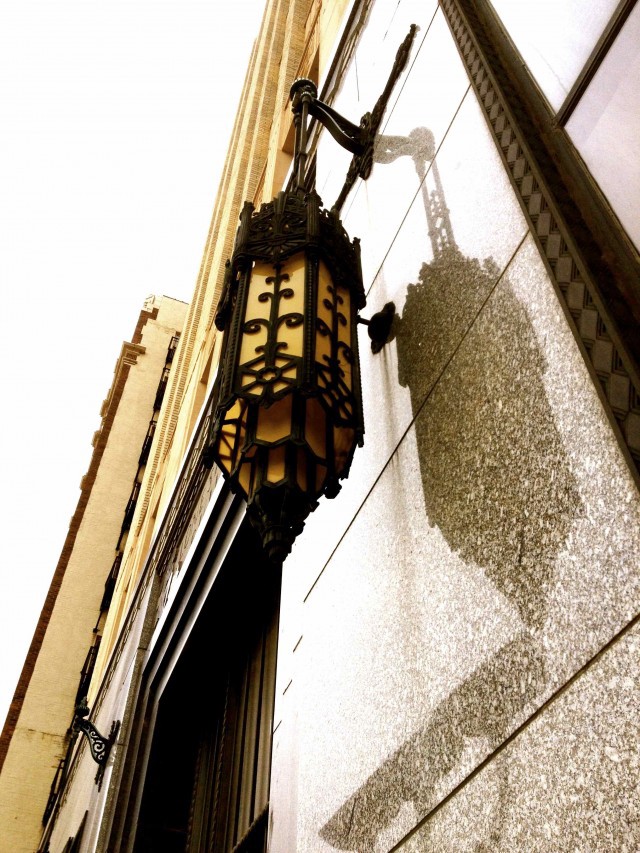
On a recent walk through downtown Dallas, I stopped to admire an old light fixture attached to an abandoned building. The streets around me, lined with weedy lots and architectural wreckage, were deserted enough to feel vaguely menacing. A car cruised past; its driver and I seemed to regard each other with the same wary suspicion. I returned my attention to the light. “Look at me,” it whispered, defiant and exhausted, “and try to tell me that the old world was not better than the new one.”
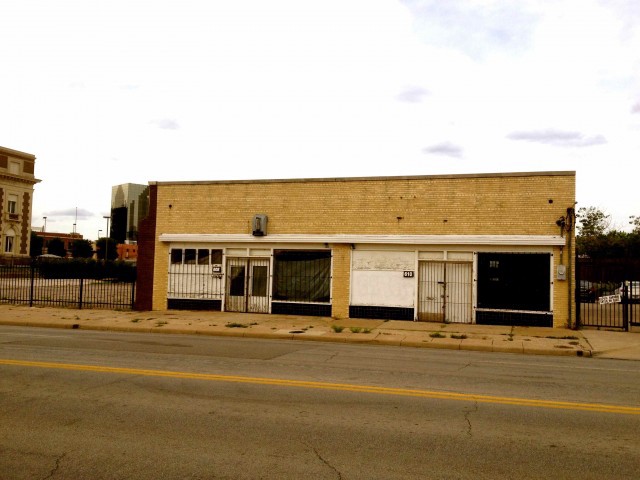
I wasn’t so sure, given that whatever good you want to say about the past, the fact remains that it led us to the unfolding misery that is the present. Still, I could appreciate where the light fixture was coming from; its wrought-iron craft resonated with the lost beauty of old things, and it seemed to cling to its arts-and-crafts heritage with a blind tenacity and optimism I found courageous, when so much else in the neighborhood — except for the nearby skyscrapers, which hovered like ambivalent, impenetrable fortresses — had succumbed to the violence of time and neglect.
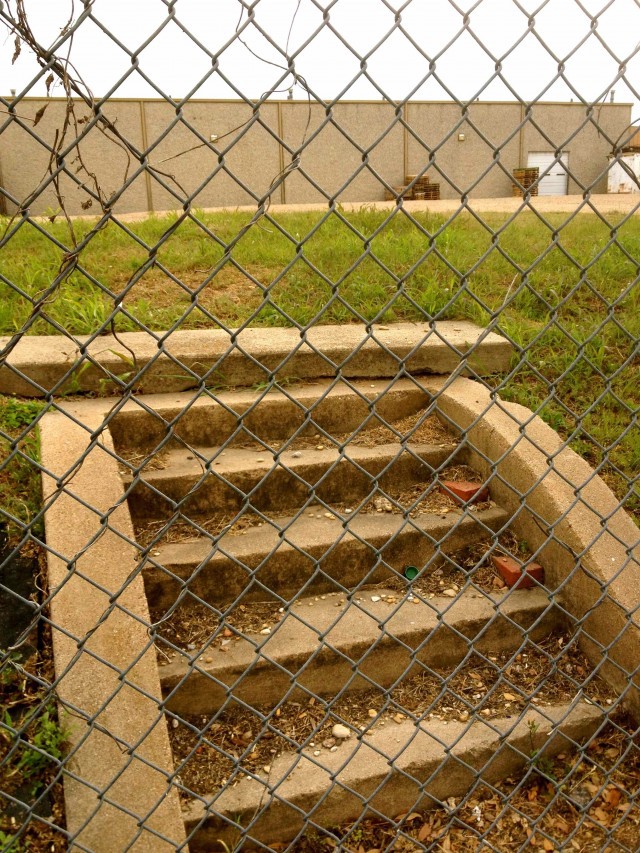
As I continued walking, I considered whether the decrepit state of the area was more a function of geography than chronology. Had the light been born in New York City, I speculated, it would have long ago been ferreted away by an architectural salvage operation to be resold, or perhaps it would have remained with the building as it was transformed into pre-war “luxury” condominiums or commercial office space that now command a premium in Manhattan. Its life, in other words, could be relatively eternal, like something in a museum, or an image on the internet.
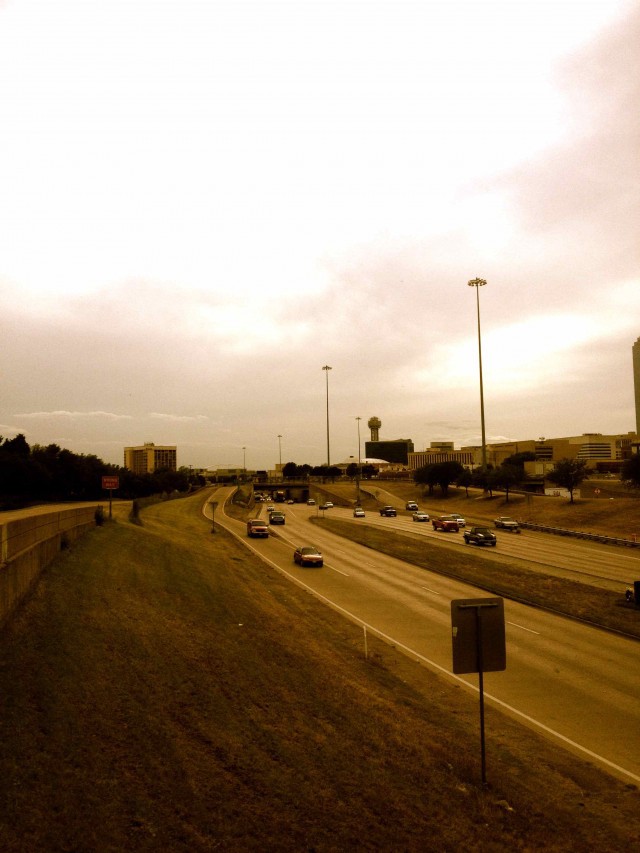
Yet as I considered New York City — or at least the gentrified parts — it was hard to drum up much enthusiasm. True, we don’t have highways crisscrossing the center of the city, but over the past twenty years, we’ve built a swath of opulence — homogeneous, casual, and self-referential — that makes it easy to forget that close to half of the city’s population live in or near poverty. In some ways, the city has replicated the online world, where distancing yourself from social ills is generally about as difficult as a click of a mouse. The urban blight in which I stood may not have been attractive, but it at least it was honest: here, you could not pretend that all is well, that there isn’t an unbridgeable gulf between the haves and the have-nots in our country.
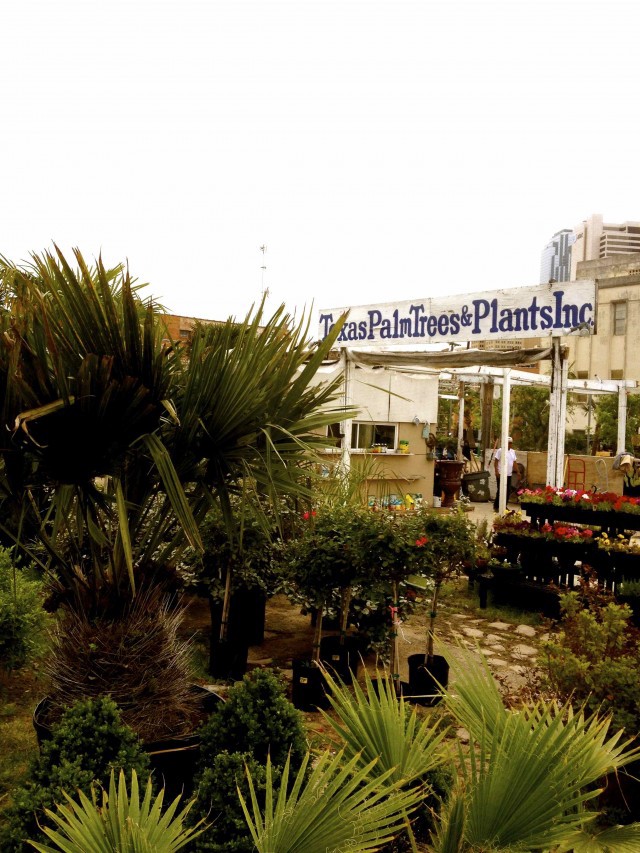
Some gays have an almost instinctive ability to find the marginal areas in cities — the alleys, dirty bathrooms, and wooded copses — frequented by others looking for anonymous sex. My talent is related but different: I have radar that directs me to the hardscrabble nurseries filled with struggling plants and decomposing statuary. I am a lover of sad trees.
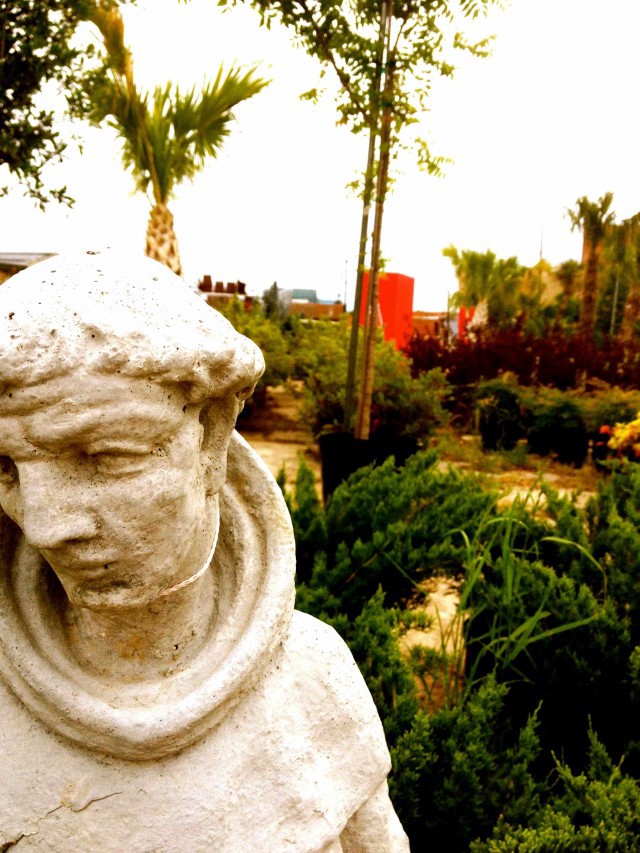
I felt comfortable here; none of us, it seemed, were interested in working for soulful fulfillment, we just did our jobs to pay for our existence. It was a thought that led me to reconsider the surrounding area with new eyes, and it finally occurred to me that the most apt correlation I could make was not related to gentrification (or its lack) but the psychology of middle age and its inevitable discontent. This forlorn, crumbling neighborhood was a reflection of the way life falls apart; its scattered, fragmented beauty represented the rare moments of revelation with which we — if we look hard enough — are sometimes graced.
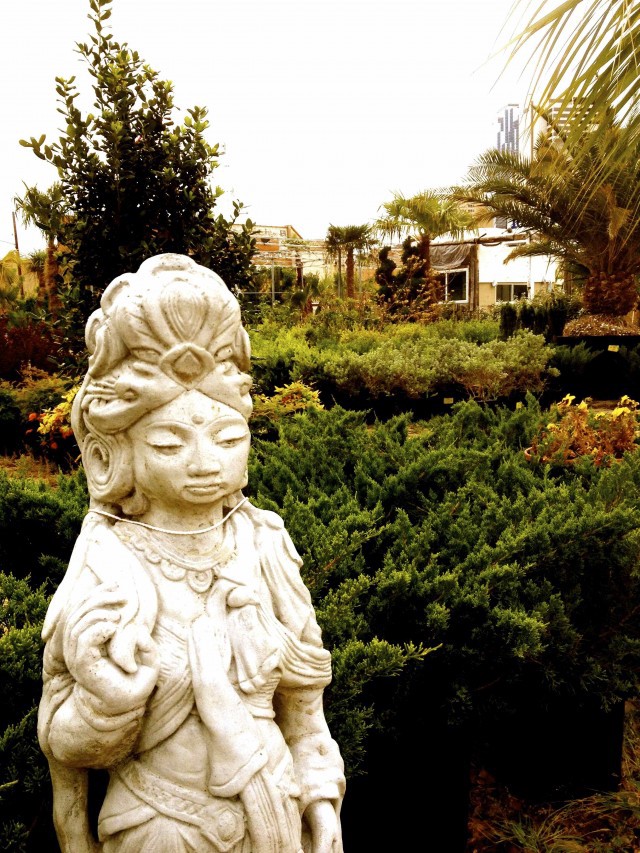
When I find myself in downtown Manhattan or Brooklyn, by contrast, I feel like I’m suffocating in a miasma of gleaming perfection and failed potential, as though I were being forced to inhabit the pages of a magazine spread. Far better, it seemed, to remain an outcast, someone who lives in ignorance of the financial and cultural elite.
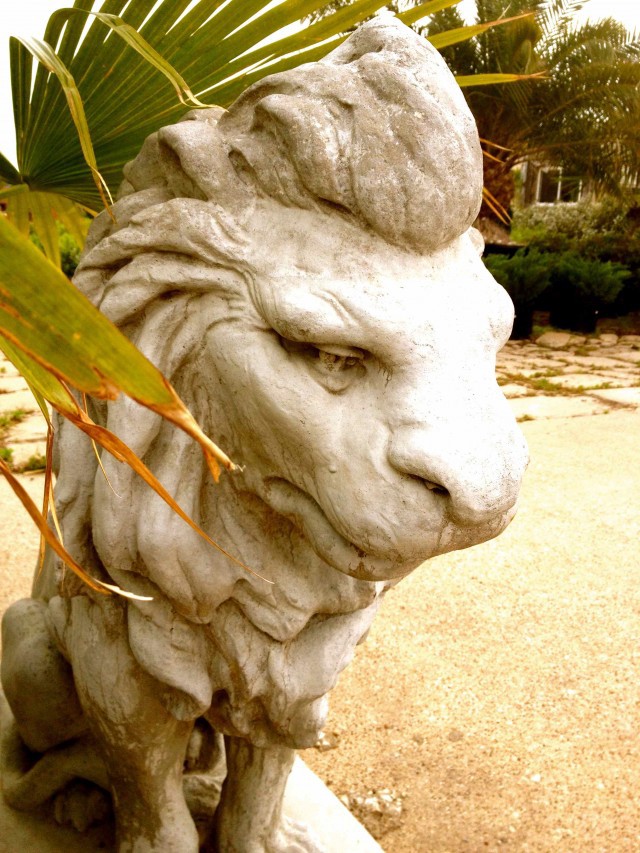
The identification of the problem, however, did not lead to an easy solution; for one thing, I wasn’t really an outcast, and it was disingenuous to pretend otherwise. For another, I was tethered to New York City; maybe I could have left twenty years ago, but I had stayed, close enough to observe the machinations of the city and its rulers, but not close enough to partake.
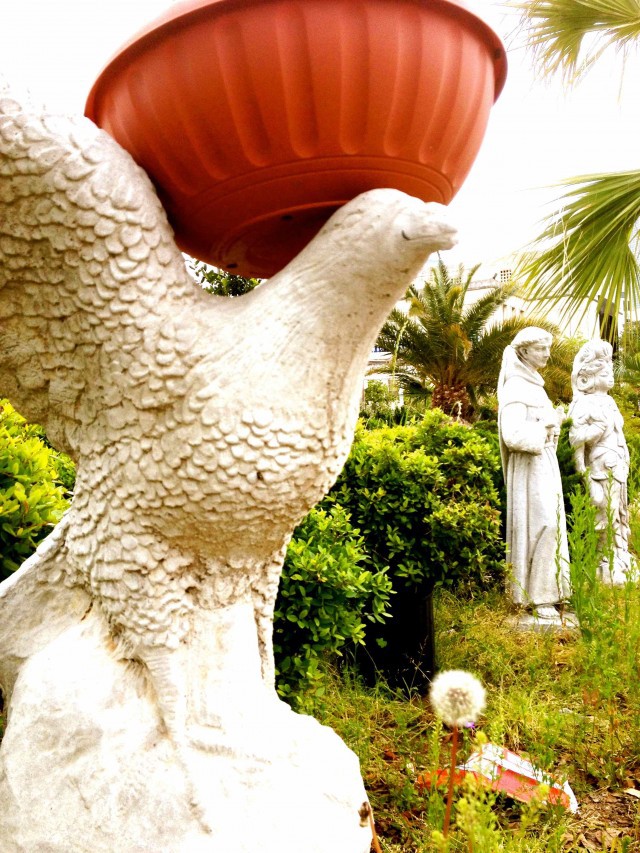
Trapped by age and circumstance, at least I wasn’t alone; here, all of the statues seemed to hold a similar ambivalence for modern life. A bird shook out its wings but remained affixed to the ground. “We would fly away if we could,” it told me, “but we have pots on our heads.”
Matthew Gallaway is the author of The Metropolis Case.
